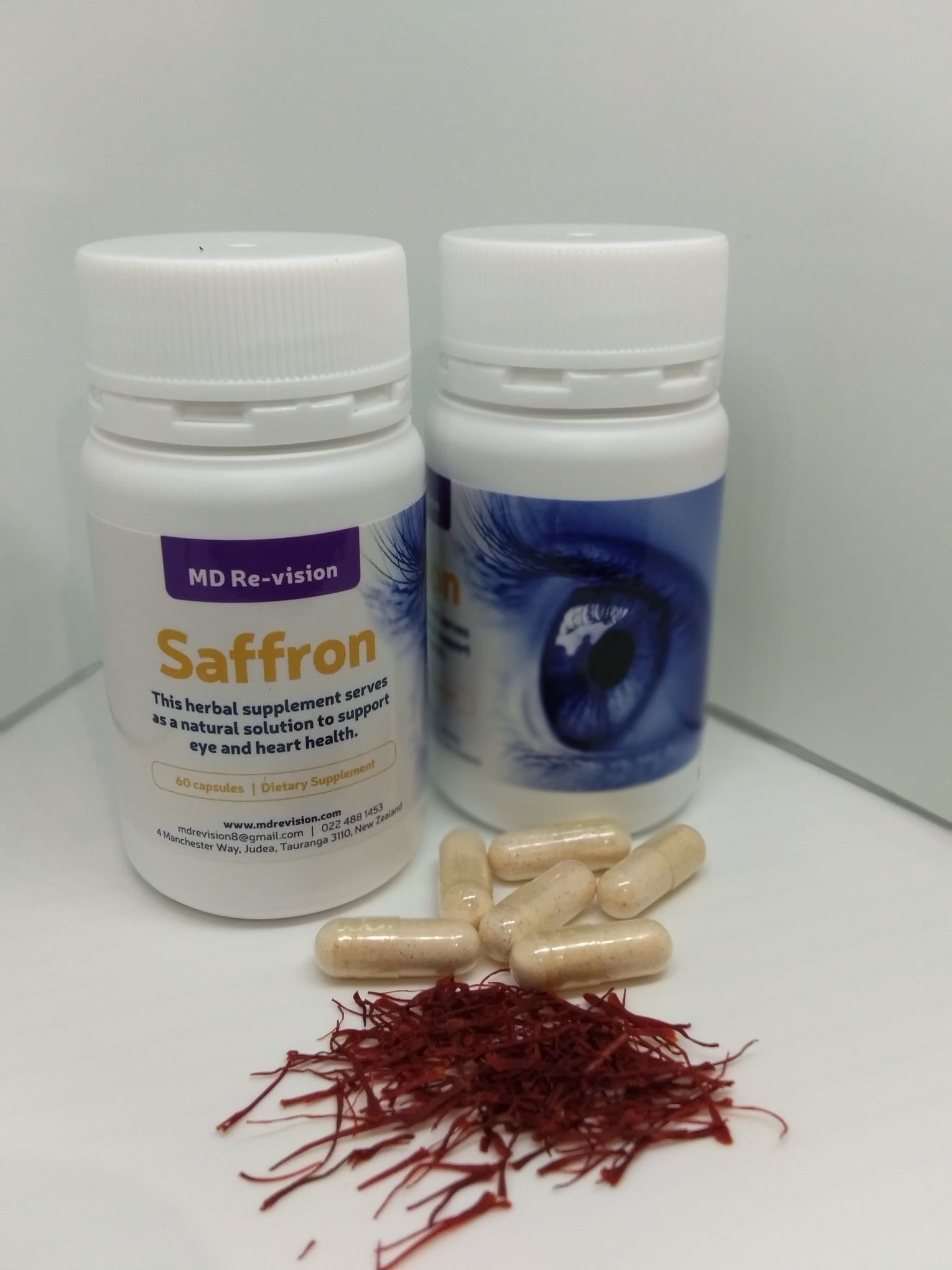About Us
Our philosophy is based on the belief that the more people we can help to improve their vision, the better the collective benefit. We are not prepared to substitute the quality of our saffron for cheaper imitations of dubious origin. Your ongoing success with our saffron is our success.
I was surprised to read that the spice saffron (in regulated doses of 20 mgs of saffron), was being tested in medical and scientific studies (most recently at the National University of Australia and Sydney University) because of it's apparent ability to not just halt MD but in cases of early detection, actually reverse the physical symptoms.
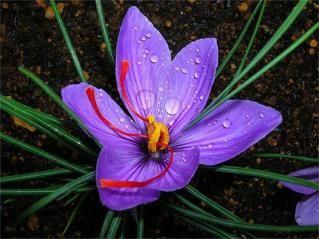
Those participating in the trials acknowledged a noticeable improvement in their vision, some even regained their ability to read. See the testimonials page.
"A recent clinical study has shown that taking oral supplementation of saffron for three months in patients with early stage age-related macular degeneration induced a significant improvement of retinal function, creating a hope that saffron may be the natural answer to vision loss from macular degeneration. The effects, however, disappeared when patients stopped taking the saffron pills. No adverse side effects were noticed"
The research team was led by Professor Silvia Bisti (Google her name) and was based on the macular-healing properties of the compounds Crocetin, Safranal and Crocin all of which are found in the crocus flower's 'filament-like' stigma.
The beauty of the saffron flower is a hint as to it's amazing healing powers in treating macular degeneration and a number of other vision related illnesses.
The stunningly beautiful Crocus Sativus flower is the host for the three long (almost red) Saffron stigma. It takes up to 220,000 flowers to make a single kilogram of saffron.
Then I found this
According to Monique Simmonds, an investigator of the medicinal properties of plants at the Royal Botanic Gardens in Kew, saffron is rich in certain compounds that make it viable in treating a variety of different diseases.
She says: "The unique compounds found naturally in saffron that we believe may have medicinal value include crocin and safranal.
They belong to a family called carotenoids, which includes betacarotene [a type of Vitamin A]. Studies show that these compounds play key roles in preserving eyesight, protecting against cancer and preventing Alzheimer's," she explained.
In the eye study, macular degeneration patients who ate a diet containing saffron began to experience cell recovery, which resulted in improved vision. Saffron appears to affect genes that regulate the fatty-acid content of the cell membrane, and this makes the vision cells tougher and more resilient."
Ok, I continued to research more medical and scientific studies and news articles, all of which were supporting the same astonishing claims.
Some disturbing facts
- Poor quality saffron is often dyed to improve it's appearance (and value).
- Stigma from completely different species (some of which are toxic) were also substituted for Crocus Sativus stigma.
- Powdered saffron is often 'bulked out' with other substances such as tumeric which has no medicinal value.
- Saffron loses it's quality with age, exposure to light and if it hasn't been dried, processed and stored correctly.
- It is extremely labour intensive to harvest and is mainly grown in Iran, Afghanistan, Kashmir, Italy and Spain.
- "According to figures released by Spain's Ministry of Industry, the country exported 190,000 kilos of saffron in 2010, a sale that netted £40 million.
- But local production of the tiny filaments from the purple crocus sativis blooms amounted to only 1,500 kilos".
Frustrated, I Googled 'saffron/NZ'.
To my amazement, I found this most desirable of spices was being grown and harvested very succesfully in New Zealand.
And for the most part, the quality of the Kiwi saffron was superb ... as good as, if not better than anything available anywhere else in the world. (probably better)
But the demand for New Zealand grown saffron was so high, there was none available to buy.
At this point, I was running out of options.
I took another punt and found Crocus Sativus corms for sale online here in NZ.
I took a deep breath and purchased a large number of New Zealand saffron corms to start my own saffron farm.
And because I needed to accurately produce tablets each containing 20mg of saffron I bought a set of micro-scales from the US and commisioned the manufacture of the 20mg tablets. By growing my saffron in a plant bed.
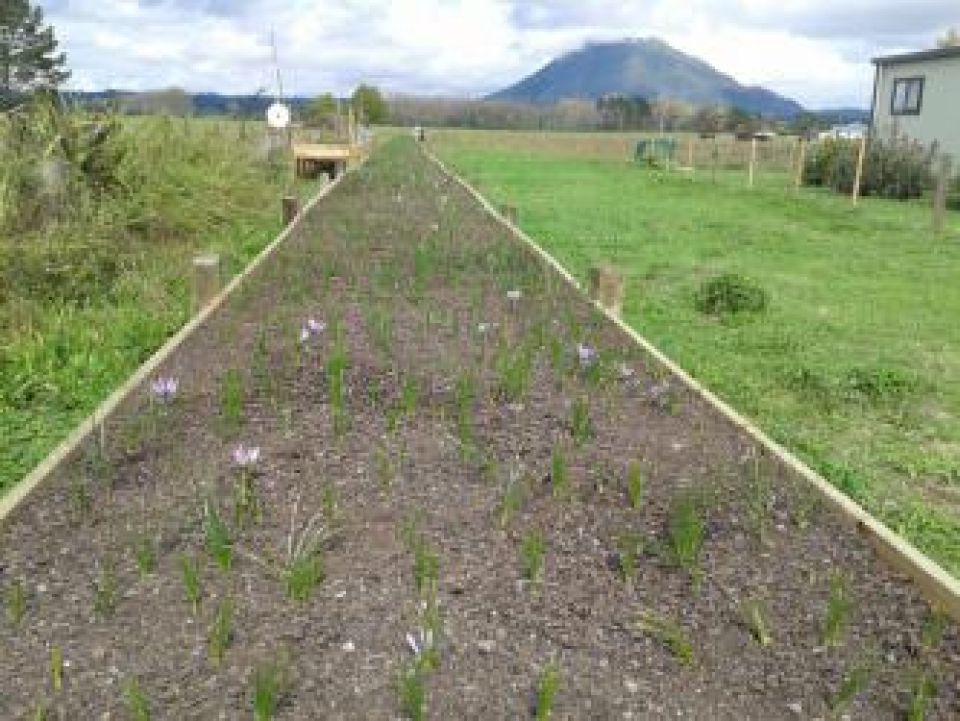
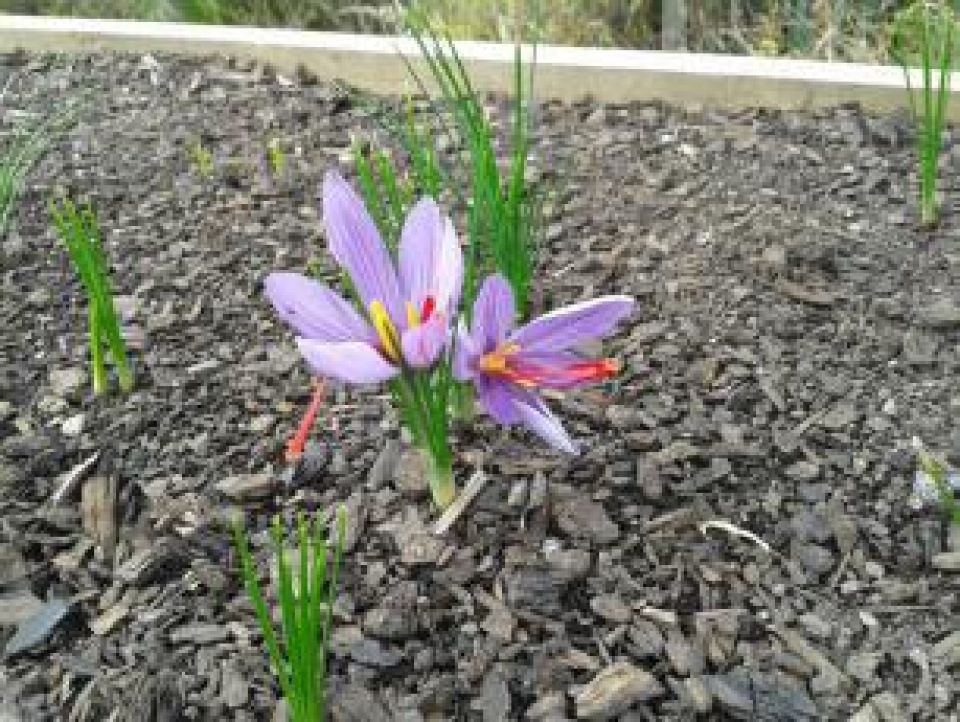
However, Government regulations state that although I can sell you saffron directly, I cannot promote or make any claims as to it's efficacy re AMD or ARMD.
I am not permitted to promote or sell saffron as a treatment.
If you choose to purchase saffron from me, you may do so and you are able to use it to whatever purpose you choose.
If you or someone you know would like to try our 20mg saffron tablets (now updated to 30 mg saffron capsules), please indicate your interest through the "Contact Us" page.
There is a direct email link to us on this page as well.
We are now needing to import excellent quality saffron from France, as our ranks of saffron users swells.
We seriously recommend you have your eyes tested and the level of your visual acuity recorded by your specialist prior to joining the hundreds of Kiwis and overseas MD sufferers who are giving saffron a chance to make a difference in their lives.
And then get them re-tested again after your first three month session on the capsules.
In doing so, you might just make your Eyecare specialist aware that there ARE very positive alternatives to treating MD than those offered today .... treatments that really work.
Apparently, Saffron, in very large doses,(i.e. 10 grams in a single sitting) is not recommended for pregnant women. We also advocate against taking saffron in extreme doses.
From 7 April 2024, we have upgraded our saffron into capsule version by outsourcing a qualified manufacturer and imported quality garanteed and third party tested ingrediants from France.
Since 2012, over 13,000 customers worldwide have placed their trust in us, consistently ordering our products.
Contact us at
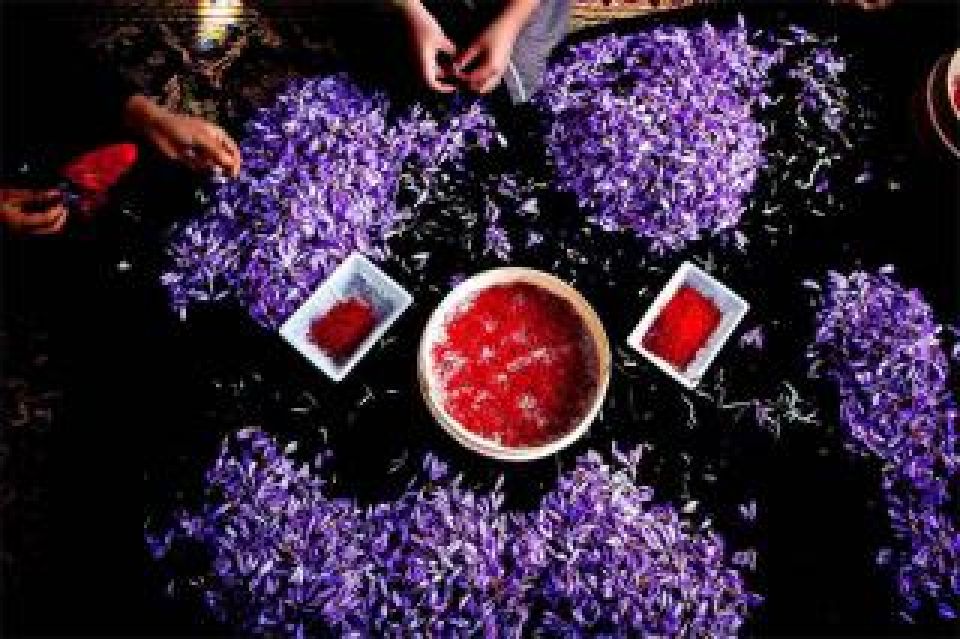
Saffron stigmas being carefully plucked from the main body of the flower, time consuming but worth the effort when it comes to saving one's eyesight.
Saffron stigma being harvested. Each 'filament' has to be individually hand-plucked from the body of the flower. It is a time consuming, labour intensive and therefore extremely costly process.
Purchase MD Re-Vision saffron capsules
Please contact us if you have any queries or if you would like to submit a feedback. place an order now to receive your Saffron Capsules as soon as possible.
